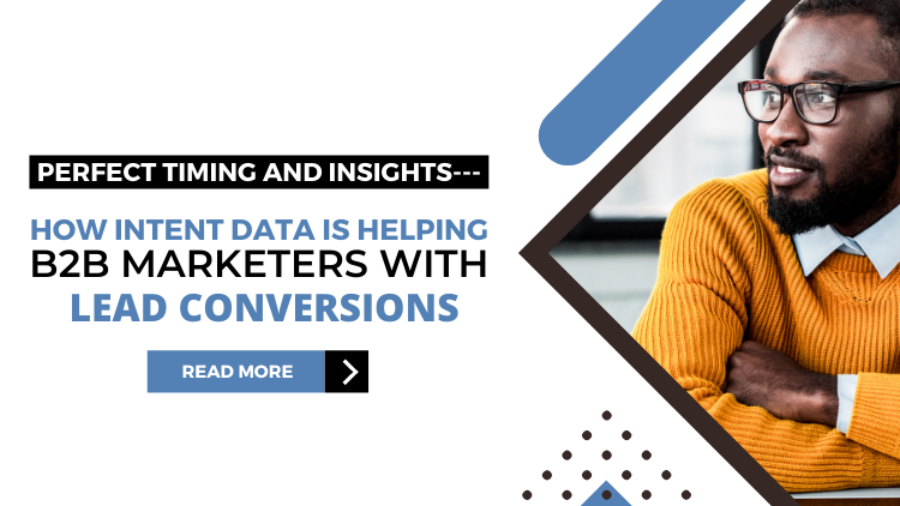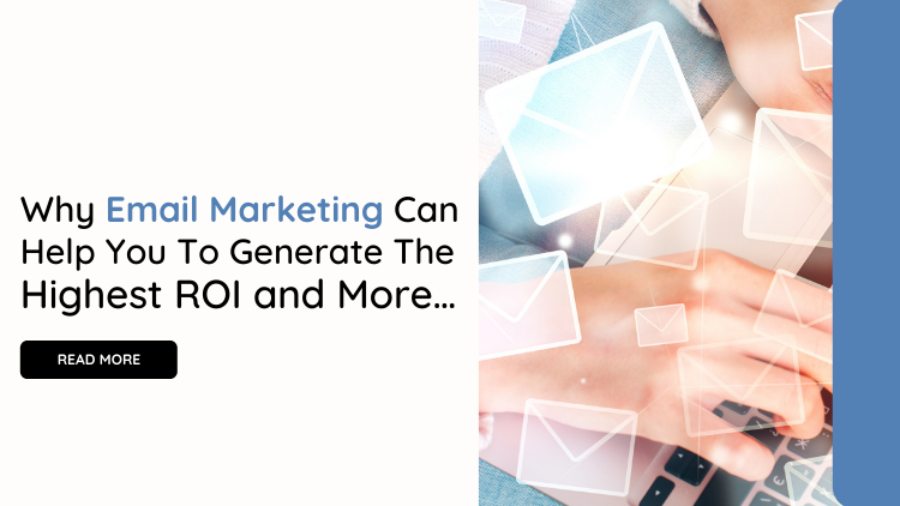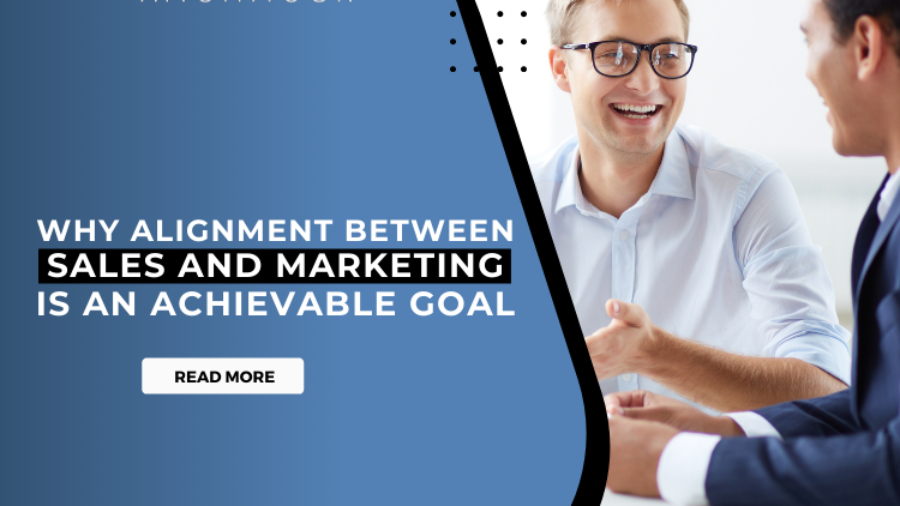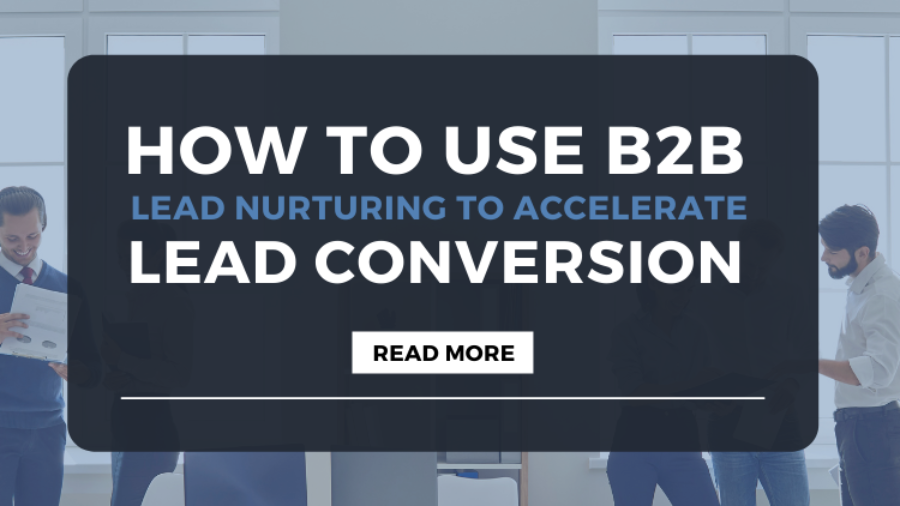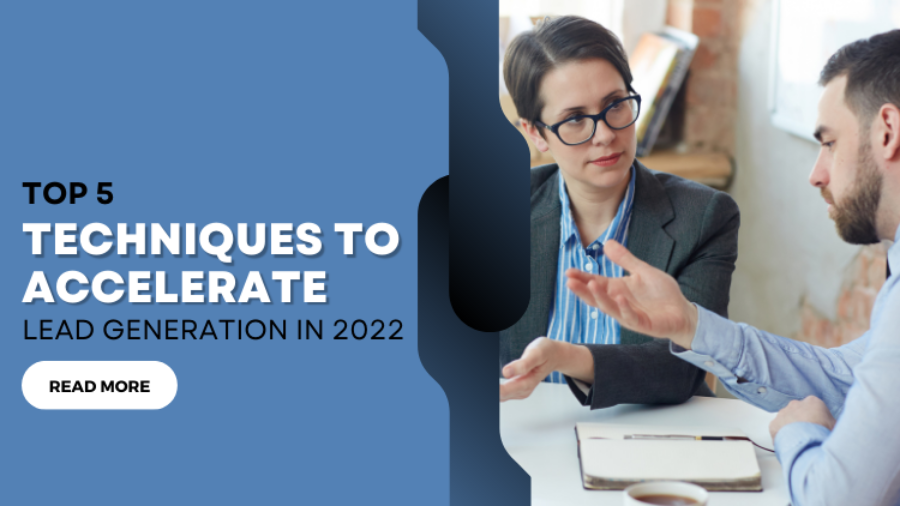Achieving sales and marketing goals in the b2b domain is largely dependent upon data and more importantly on ‘quality and relevance of data’. There has been a paradigm shift in recent years in how data is being valued and how b2b marketers are leaving no stone unturned to get the right data. Better understanding of customer can lead to more sales—this is exactly how intent data helps!
Marketers are excited to see how intent data is helping them to increase sales and ROI and enabling them to understand the customer and some important insights about the buying journey. This knowledge has given marketers the confidence to capture the right leads that have high potential to convert into sales.
Let us find out from this blog, how intent data’s insights and the right timing play a valuable role in making lead generation less challenging for b2b marketers.
The power of intent data
Valuable insights:
Knowledge is power and intent data provides relevant knowledge and thus the power to marketers to be able to convert the leads into paying customers.
The main objective behind building a tool like intent data is to give business owners relevant and filtered data that is useful. Data alone may not suffice when it comes to converting leads or capturing leads. Data should be useful and of value to marketers in order for them to optimize it for conversions. Built on this simple logic, intent data helps marketers to filter through the crowded and magnanimous amounts of sources of data available today.
Perfect timing:
Another huge benefit of intent data is the timing! Marketers can leverage this benefit to meet the right prospect when he is most likely to buy from you. Intent data facilitates an opportune time for you to contact the prospect during his active buying stage. It allows business owners to hyper-target the most potential leads because intent data provides the insights and knowledge to marketers about the prospect and his buying journey.
Given the complex nature of b2b businesses and with several decision makers at various stages, it becomes increasingly difficult to filter out the right decision-maker who is most likely to make the final buying decision. In such a scenario, intent data helps you carry out the right marketing activities as per the buyer persona and you can make some quick and effective decisions about contacting the prospect for conversions. You can also be aware and have knowledge about which content asset has been downloaded by your prospects and how frequently they have shown interest in those assets.
Intent data provides marketers with predictive intelligence and also lets them know the technology that is being used by the prospect. It also gives valuable insights to marketers about the purchase history of the prospect.
All these insights offer signals to marketers about the buying intentions and preferences of the prospect so that they can take the right actions at the right time and with successful conversions.
Conclusion:
B2B marketers can experience improved lead quality by data-backed insights to drive effective lead generation, conversion and also demand generation. Intent data insights provide predictive intelligence to marketers to be able to act at the right time. It also provides the marketer with relevant knowledge of the prospect, to create a great customer experience. This can help strengthen business relationships and create more customer loyalty and enhance business longevity.
Intellitech Solutions can provide you with top-of-the funnel leads by using Bombora intent data!

